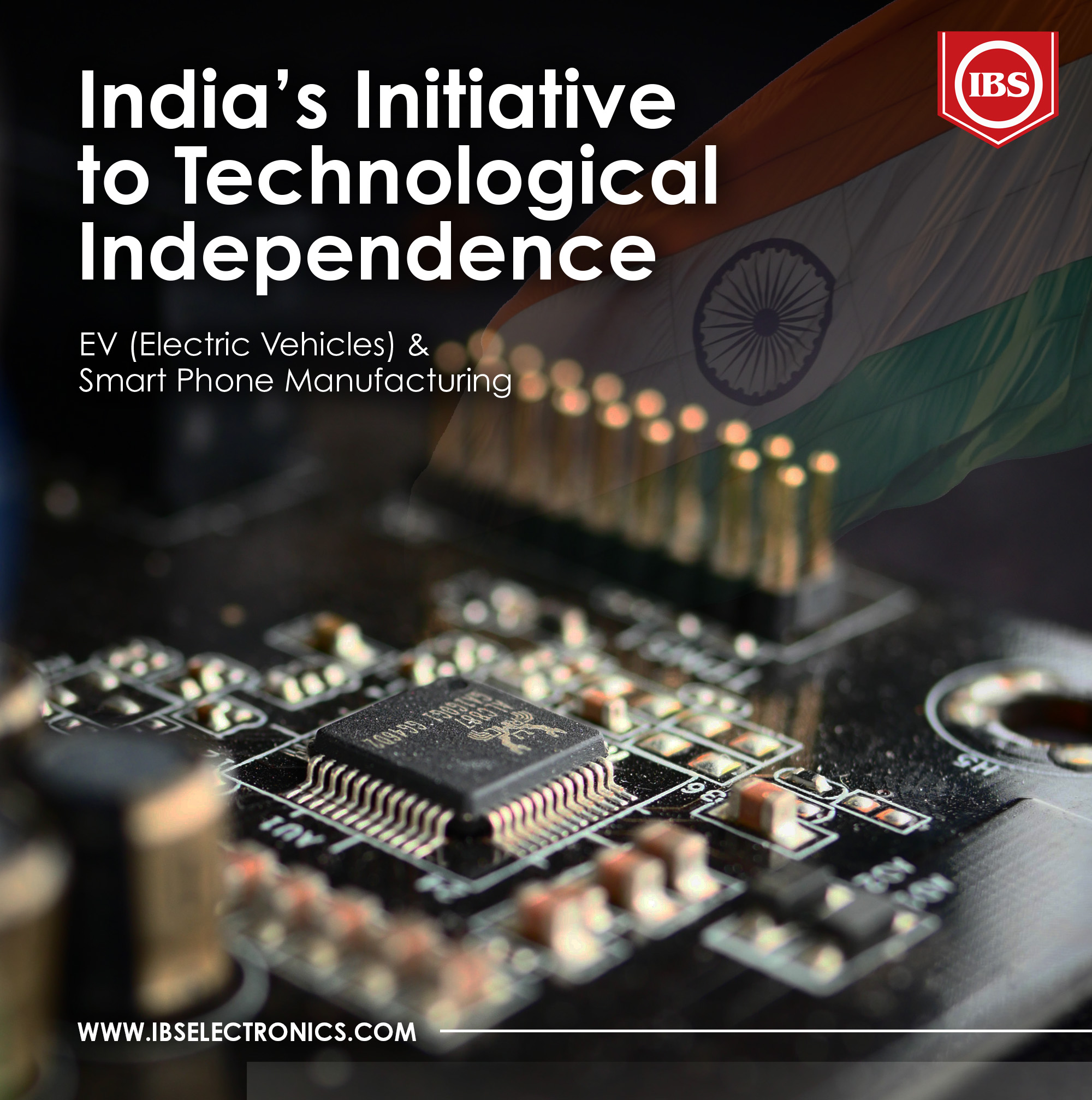India’s Initiative to Technological Independence
Published: 10.10.2022
Like any other country, India’s semiconductor industry is heavily reliant on offshore suppliers (Taiwan, South Korea, and the US). However, the volatility in the global supply chain brought by COVID-19 and geopolitical issues caused several global players to focus on resilience and move production locally, according to sources.
India Electronics and Semiconductor Association (IESA) reported that the semiconductor consumption in India alone, is projected to reach $110 billion by 2030. With a growing rate of 15.1%, India requires a domestic ecosystem without having to depend on the unpredictable global supply chain.

With the Semiconductor Mission and Semicon program, India intends to firmly establish the nation as a major player in the world of semiconductor industry. The prime minister of India, Narendra Modi, stated that his administration is aware of the industry’s untapped potential when speaking at the Semiconductor Conference 2022.
“We are committed towards the acceleration and growth of the chip design and manufacturing ecosystem in the country. An ecosystem that is built on the principle of ‘hi-tech, high quality and high reliability,’ Modi said.
The common objective of the nation and its leadership is to achieve self-sufficiency and become a model of international development, whether in the fields of manufacturing, agriculture, defense, healthcare, or education.
EV (Electric Vehicles) Manufacturing
On September 28, domestic carmaker Tata Motors launched the Tata Tiago EV priced at $10,000, making it the most affordable electric vehicles to date with a 300 km battery range. A domestic brokerage firm anticipates that the new model’s launch price will draw in more customers who would not have thought of EVs as a practical alternative.
The ICICI Direct Research believes that the Tiago EV will aid the automaker in maintaining its top spot in the market for electric passenger vehicles. Tata Motors Ltd. shares rose as much as 4% because of trading businesses’ improved market regarding the launch of Tiago EV.
Smartphone Manufacturing
India is now one of the renowned marketplaces for smartphones in the world thanks to Modi’s administration offering incentives to smartphone manufacturers to establish production in the country. Some of the leading smartphone manufacturers including Samsung, Apple, and Xiaomi already have factories and assembly lines for several of their models.
The initiative involved giving five foreign smartphone manufacturers businesses production-linked financial incentives worth 4% to 6% of additional sales over five years on locally produced goods. The remaining plans are intended to increase the manufacturing of electronic components and upgrade the business infrastructure.
6G Rollout
India is slated to build a 5G network soon, and preparations for 6G have already begun.
Speaking at a Telecom Regulatory Authority of India (TRAI) event, Prime Minister Narendra Modi said that the task group has already started working on the implementation of the 6G network. He went on to say that the launch of the 5G and 6G networks will not only provide people access to faster internet speeds but would also help to boost the economy and the labor force.
He also mentioned how India quickly transitioned from 3G to 4G and is now striving for 6G as the launch of the 5G network approaches. The planned 5G rollout in India will begin in the early months of Q4 this year.


.png)


